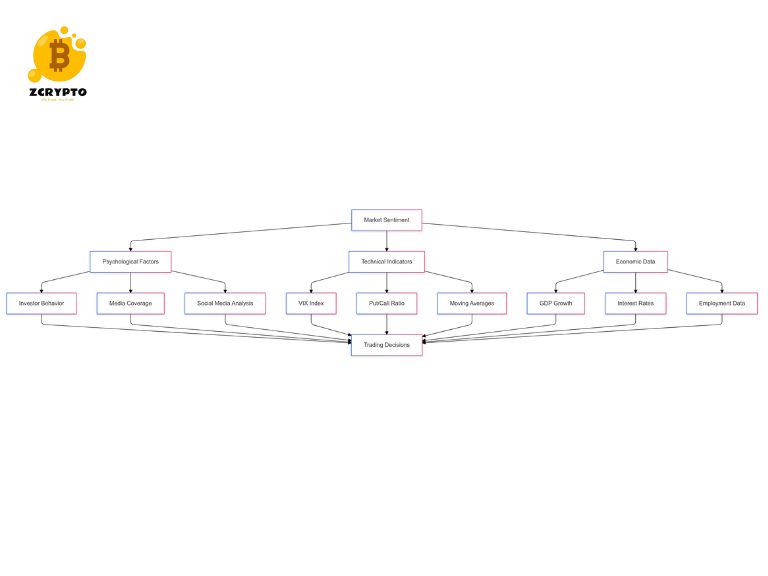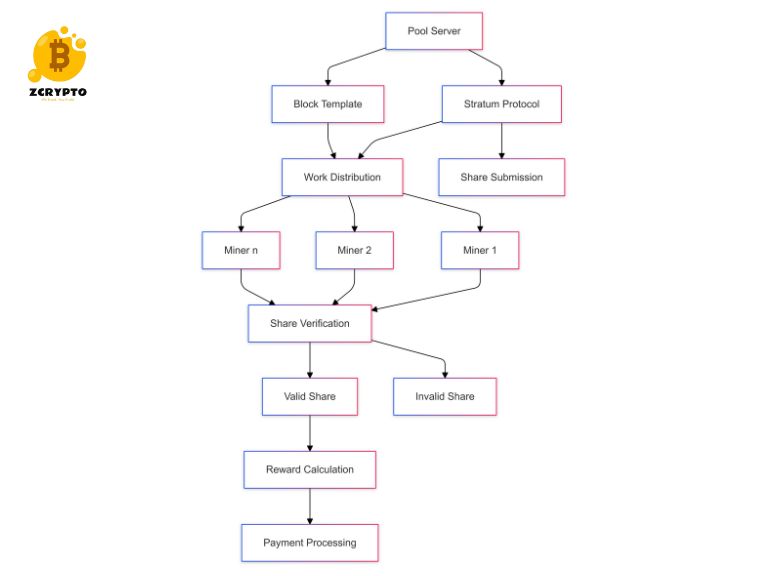What Are After-Tax 401(k) Contributions?
After-tax 401(k) contributions are a type of contribution made to a 401(k) plan using post-tax dollars. Unlike traditional 401(k) contributions, which are made with pre-tax dollars and reduce your taxable income, after-tax contributions are made with money that has already been taxed. This means you won’t get an immediate tax deduction for these contributions.
The annual contribution limits for after-tax 401(k) contributions are substantial. In 2024, you can contribute up to $69,000, or $76,500 if you are 50 years old or older, including any employer matching funds. This limit includes all types of contributions to your 401(k) plan but offers a way to save even more beyond the standard limits.
- Maximize Retirement Savings: The Ultimate Guide to 412(i) Plans for Small Business Owners
- Understanding Accrued Income: How to Record and Manage Earned But Unreceived Revenue
- How Many Pi Coins Are There?
- How Automated Clearing House (ACH) Revolutionizes Electronic Payments and Transactions
- Unlocking Corporate Financials: A Comprehensive Guide to the 10-K Report
How After-Tax 401(k) Contributions Work
Making after-tax 401(k) contributions is relatively straightforward. Here’s how it works:
– Automatic Deductions: You can set up automatic deductions from your paycheck to make these contributions. This way, you ensure consistent savings without having to think about it each month.
– Additional Contributions: These contributions can be made in addition to any traditional or Roth contributions you’re already making, up to the overall annual limit.
– Example Scenario: Let’s say you’ve already contributed the maximum allowed in pre-tax dollars ($22,500 in 2024, or $30,000 if you’re 50+). You can then contribute additional after-tax dollars up to the total limit of $69,000 (or $76,500 if 50+).
For instance, if you’ve contributed $30,000 in pre-tax dollars and your employer has matched $10,000, you could still contribute up to $36,500 in after-tax dollars ($76,500 total limit – $30,000 pre-tax – $10,000 employer match).
Benefits of After-Tax 401(k) Contributions
After-tax 401(k) contributions offer several compelling benefits:
– Tax-Deferred Growth: While the initial contribution is made with post-tax dollars and isn’t deductible, the earnings on these contributions grow tax-deferred. This means you won’t pay taxes on the investment gains until withdrawal.
– Flexible Withdrawals: You can withdraw your after-tax contributions without paying taxes or penalties at any time. However, earnings on these contributions are subject to tax and potential penalties if withdrawn before age 59½.
– Portability and Rollovers: After-tax contributions are portable and can be rolled over into a Roth IRA, potentially providing tax-free withdrawals in retirement.
Strategies for Maximizing After-Tax 401(k) Contributions
To get the most out of your after-tax 401(k) contributions, consider the following strategies:
– Max Out Traditional or Roth First: Always maximize your traditional or Roth contributions before considering after-tax contributions. These often come with immediate tax benefits or future tax-free growth.
– Mega-Backdoor Roth Strategy: One popular strategy involves converting after-tax contributions into Roth IRA funds. This can provide tax-free withdrawals in retirement by converting the after-tax contributions (which were already taxed) into a Roth IRA.
– Minimize Taxes: When rolling over after-tax contributions, consider rolling the contributions themselves into a Roth IRA and the earnings into a traditional IRA. This can help minimize taxes on the earnings.
Comparative Analysis: After-Tax 401(k) vs. Other Savings Options
When deciding where to save your money, it’s important to compare different options:
– Tax Efficiency: Saving in an after-tax 401(k) is generally more tax-efficient than saving in a taxable brokerage account. With an after-tax 401(k), your money grows tax-deferred, whereas in a taxable brokerage account, you’ll pay taxes on dividends and capital gains annually.
– Performance Comparison: Due to their tax-deferred growth and potential for tax-free withdrawals when rolled over into a Roth IRA, after-tax 401(k) contributions can outperform taxable accounts over time.
Important Considerations
Before diving into after-tax contributions, keep these important points in mind:
– Employer Matching Contributions: Make sure you’re not missing out on free money by neglecting employer matching contributions. Always contribute enough to maximize any employer match before adding after-tax dollars.
– Long-Term Impact: Failing to integrate after-tax contributions with employer matching could significantly impact your long-term savings. Ensure you’re optimizing both types of contributions for maximum benefit.
Source: https://summacumlaude.site
Category: Blog







